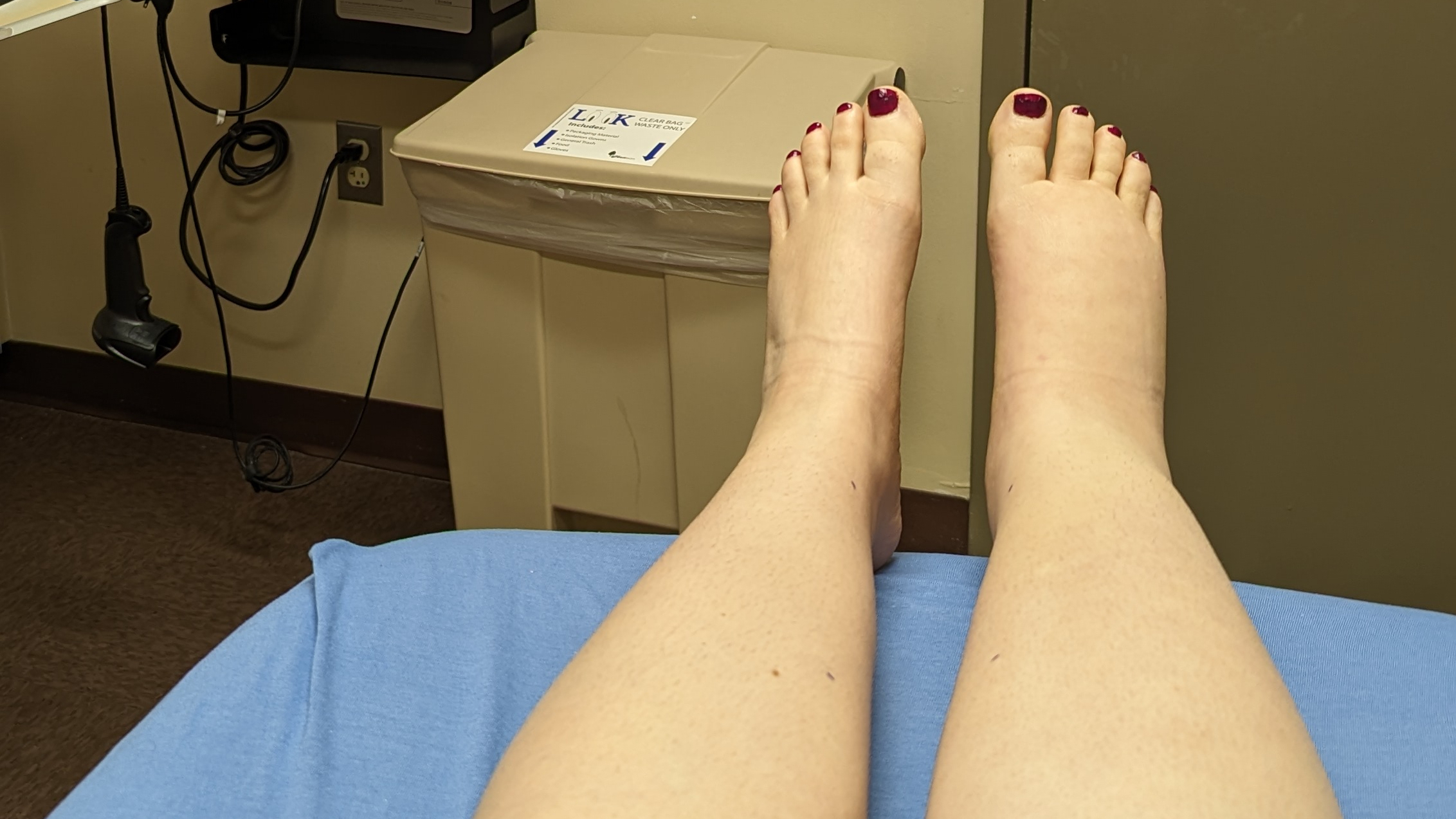There’s always something going on in the world of lymphedema and lymphatic research! It can be a lot to keep up with, so here’s a digest of some of the latest headlines from the past month carefully curated to keep you in the lymphie loop.

“When scientists saw the mouse heads glowing, they knew the discovery was big”
After 300 years of accepted belief that the lymphatic system does not extend into the brain, several scientists working independently have discovered that the lymphatic vessels do extend into the brain after all.
Researchers identified two networks: the lymphatic system, which is comprised of the vessels that lead into and surround the brain; and the glymphatic system, which carries cerebrospinal fluid and immune cells into the brain and removes cellular waste.
“These days, you don’t make discoveries like this,” said Kari Alitalo, a scientist at the University of Helsinki in Finland. “But every once in a while in science, you stumble on something really unexpected. You open a new door, to a whole new world.”
This discovery has major implications for a wide variety of brain diseases, including Alzheimer’s, multiple sclerosis, stroke, and traumatic brain injury.
READ THE FULL ARTICLE AT THE WASHINGTON POST.
“Effect of Lymphedema Treatment for Management of Acute Pilon Fractures”
A recent study published in Orthopedics journal suggests that lymphedema treatment may be beneficial for patients with pilon fractures, and even reduce the risk of wound complications.
Pilon fractures are high-energy injuries that often result in edema and compromise the soft tissue envelope of the ankle. Usually they’re staged with an external fixator to stabilize the ankle until the surrounding soft tissues are ready for surgery — a process that can take between ten days to three weeks.
By using lymphedema treatment to manage the posttraumatic edema of pilon fractures, it was found that compression wrapping reduced the time needed for the condition of the soft tissues to improve enough for surgery without increasing the risk of wound complications. Pretty cool to see compression bandaging employed in different applications!
READ THE ABSTRACT AT HELIO.COM.
“Tactile Systems debuts Flexitouch head and neck lymphedema treatment”
Tactile Systems Technology has announced its Flexitouch system will be available for the treatment of head and neck lymphedema. This product is the first and only pneumatic compression therapy approved for head and neck lymphedema!
“We are thrilled with these positive results demonstrating that the Flexitouch system can help head and neck lymphedema patients effectively reduce lymphedema swelling and improve their quality of life,” said Gerald R. Mattys, CEO of Tactile Medical. “The Flexitouch system has helped tens of thousands of patients achieve better health and manage lymphedema symptoms in their extremities. Now, for the first time, we can extend the benefits of Flexitouch to every area of the body.”
READ THE FULL PRESS RELEASE AT DRUGSTORENEWS.COM.

“Fluorescence Imaging Enters the Surgical Suite”
Fluorescence image-guided surgery uses multiple cameras or sensors through a single lens, which pick up different wavelengths of light originating from imaging agents inside tissue or the blood stream while simultaneously acquiring 2D visible light images.
There are a number of promising applications of fluorescence image-guided surgery, including lymph node mapping during breast cancer surgery (currently an off-label use). Searching for the sentinel lymph node can be time-consuming and often results in tissue damage, but fluorescence image-guided surgery can help prevent that.
READ THE FULL ARTICLE AT PHOTONICS.COM.
“Scientists in US find a new possible way to treat cancer”
An international team led by scientists from Johns Hopkins University have found what causes the spread of cancer, and what could slow it down.
“We found that it was not the overall size of a primary tumor that caused cancer cells to spread, but how tightly those cells are jammed together when they break away from the tumor,” explained lead author Hasini Jayatilaka.
Jayatilaka and her colleagues found a medication mix that prevented metastasis, which has not yet been tested on human patients. One of the study’s senior authors, Denis Wirtz, director of Johns Hopkins Physical Sciences-Oncology Center, said no commercial drugs are currently being produced specifically to inhibit metastasis because drug companies believe the best way to stop cancer from spreading is to destroy the primary tumor from which it originates.
“The pharmaceutical companies view metastasis as a by-product of tumor growth,” said Wirtz. “Our study looked more closely at the steps that actually initiate metastasis. This treatment has the potential to inhibit metastasis and thus improve cancer patient outcomes.”
READ THE FULL ARTICLE AT THE ECONOMIC TIMES.
“Videssa Breast Blood Diagnostic Test for Breast Cancer”
New York City-based company Provista Diagnostics has developed a blood-based proteomic test to detect breast tumor biomarkers in the blood, with the idea that it will help rule in (or out) further biopsies or imaging.
The test uses antibodies to bind the biomarkers and autoantibodies in the blood sample to allow their levels to be measured. In one recent study, findings showed that the test had the potential to reduce the number of required biopsies by up to 67%.
READ THE FULL ARTICLE AT MEDGADGET.

“Parable Technology for Wound Care: Interview with Nathan Ie, Founder of Parable Health”
One company is looking to transform and standardize wound care and its treatment using technology patients can access right from their mobile device.
Parable is a software platform that allows doctors and home health workers to collaboratively monitor wound healing and flag any issues as they arise. This has the potential to reduce transportation costs for patients, streamline standardized data collection, and allow for collaborative care between multiple healthcare professionals.
Lymphedema and wound care often go hand-in-hand, so this software may have some applications for lymphedema patients as well.
READ THE FULL interview AT MEDGADGET.




Leave a Reply